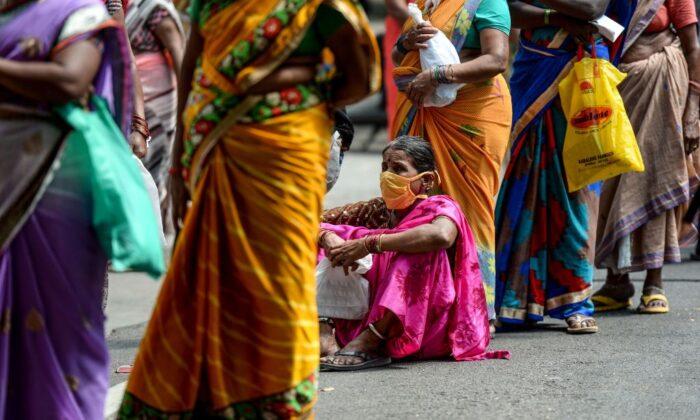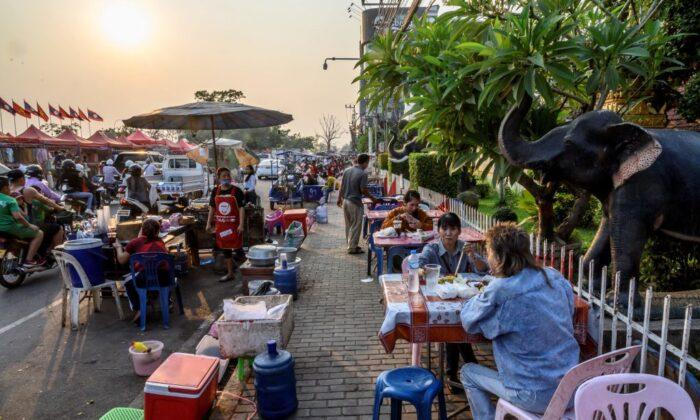
The grand finals of the World Amateur Inter Team Golf Championship (WAITGC) 2009, one of the most prestigious golf tournaments in Malaysia, concluded last Thursday at Tanjong Puteri Golf Resort in Johor Bahru (the southern tip of Peninsular Malaysia).
Organized annually by Tourism Malaysia, the 16th season of the WAITGC attracted some 160 international teams and over 600 amateur golfers in the six qualifying rounds that kicked off in Pulau Pinang earlier in March.
As part of the plan to promote Malaysia to the world as a major golfing destination in Southeast Asia, the qualifying rounds brought international golfers to some of the best golf courses in Malaysia, including those in Selangor, Langkawi, and Kuala Lumpur.
With over 200 exotic golf courses—some exquisitely built in the cool hills and some by the sea—Tourism Malaysia has been aggressively promoting the country’s fairways and greens.
This promotion despite the economic slowdown and the outbreak of H1N1 influenza that have hampered Malaysia’s tourism promotional efforts this year, said Tourism Malaysia Director-General Datuk Mirza Mohammad Yaiyab.
Mirza, who was at the press conference of the grand finals of the WAITGC, said tourists, particularly from China, South Korea, Hong Kong, and Japan, have declined for the past months and reasoned that tourists from these countries, including golfers, could be more cautious about the H1N1 scare than others.
Nevertheless, he expressed confidence that sports tourism is heading in the right direction, and initiatives by the Golf Club Managers Association of Malaysia and organizers of the WAITGC are able to attract regional and international golfers back to Malaysia.
Encouraging Clubs to Promote Golfing
Concurrent efforts to promote golf activities in the Eastern Malaysian state of Sabah in Borneo Island have paid off. Home to the some of the country’s most exotic resorts, Sabah has generated some $11.2 million in golf tourism revenue last year.

Since April, the state’s government has sent strong encouragement to golf clubs and resorts to promote golf as part of the state’s sports tourism agenda.
“I urge golf clubs to utilize their resources to attract golf enthusiasts from around the world to come to Sabah as we have world-class golf courses,” said State Tourism, Culture, and Environment Minister Datuk Masidi Manjun as reported in Daily Express.
“We have the most beautiful yet challenging golf courses to offer golf tourists.”
According to Datuk Abdul Rahim Ramli, chief executive officer of Tanjong Puteri Golf Resort, golf courses in Malaysia are magnets for regional golfers, especially Singaporeans, who enjoy cheaper and more luxurious alternatives.
Datuk Abdul estimated that around 75 percent of the resort’s patrons come from Singapore and added, “They come all year round, despite the traffic jams.”
“Many golfers from Singapore come to Johor and KL [Kuala Lumpur],” said Abdul, who attributed the frozen club memberships and the limited golf clubs in Singapore as reasons that turn walk-in golfers away.
“Many of our Singaporeans golfers are men, women, amateurs, and professionals, and many of them come on a weekly and even daily basis,” he said.
Kenny Liu, 41, an avid golfer who crosses the border every weekend to hone his skills, agrees. “To casual golfers like us, practicing on the course seems almost unfeasible without membership at golf clubs,” he said.
“While we do have some golf range at civil clubs here, it’s a difference experience all together to play on the course.”




